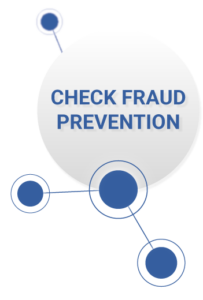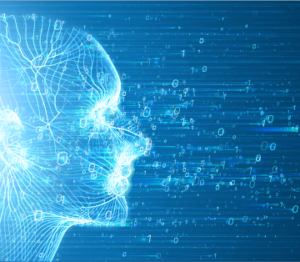Technology
BAI Banking Strategies notes the seeming treadmill race to keep up with bank fraud in the US. The article’s author, David Vergara, head of security product marketing for OneSpan, notes: To address the challenges and stop the loss of billions of dollars to fraud each year, banks need a profoundly innovative approach that enables vast…
Read MoreFebruary is the perfect time to unveil an exciting refresh of content, messaging, and solutions on the OrboGraph website! We have observed major industry activities by large banks, small banks, healthcare providers and healthcare revenue cycle management (RCM) companies to update antiquated, legacy systems. This Platform Modernization process is an opportunity for OrboGraph and its customers…
Read MoreBAI Banking Strategies looks forward to the new year with a podcast which includes a list of recommended strategies for bank branches. Their recommendations include: Fix your distribution strategy Become a data nerd Learn to use robotics and AI Partner with fintechs Invest in front-line tools Meanwhile, Bank News has advice for community bank branches…
Read MoreOur own Vice President of Marketing, Joe Gregory, is featured in an article in Banking CIO Outlook magazine (you can read the story here). OrboGraph is proud to be featured as one of Banking CIO Outlook’s Top 10 KYC Solution Providers for 2018. Gregory notes that OrboGraph’s embrace of AI and Deep Learning technologies provides…
Read MoreThe Wall Street Journal recently reported that Venmo sustained a transaction loss rate of 0.40% in March, up from 0.25% in January, according to internal PayPal documents they reviewed. As reported in Digital Transactions: The losses sent Venmo’s first-quarter operating loss to approximately $40 million, a 40% increase over what PayPal had expected, the documents revealed.…
Read MoreBob Legters of American Banker goes out on a limb and makes the following predictions for the new year. Visit the link for his expansion of each prediction. Legters begins with specifying things he thinks we won’t see in 2019, followed by developments he believes will come to fruition before year’s end. How many do…
Read MoreVia Becker’s Hospital Review: OptumIQ Annual Survey on AI in Health Care reveals that, over the next five years, a healthcare organization will invest an average of $32.4 million on artificial intelligence. According to Optum: The inaugural OptumIQ Annual Survey on AI in Health Care indicates a tipping point in the adoption of AI in the industry,…
Read MoreThis time of year we hear, more than ever, about how e-commerce has pushed retailers to the brink. Smart companies, however, survived and thrived, as Dawn Wotapk reports in Banking Strategies explains, by offering consumers as many consistent and seamless options as possible—letting them quickly jump between the offline and online worlds and learning about those consumers…
Read MoreThe Federal Reserve, following through on plans disclosed earlier this year, formally unveiled the U.S. Faster Payments Council, an industry group charged with collaborating to spur the adoption of faster payments and identify market opportunities. According to DigitalTransactions.net: The 22 inaugural members range from retailing giant Walmart Inc. to Visa Inc. and Mastercard Inc. to…
Read MoreFortune Magazine is not sold on chip-enables credit cards as the fraud-stopper the tech promised. New chip-enabled credit cards, which were rolled out to U.S. consumers starting in 2015, were supposed to put an end to rampant credit card fraud. So much for that. A new report from the research firm Gemini Advisory has…
Read More








